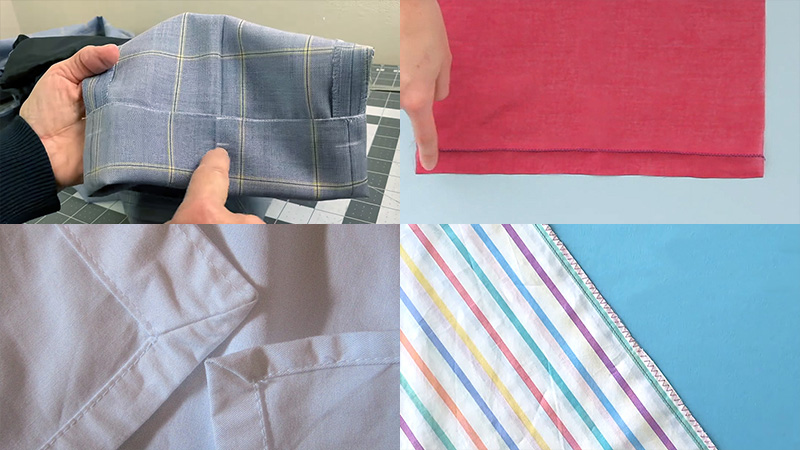
The art of sewing is a captivating journey that weaves creativity, skill, and craftsmanship into every stitch. At the heart of this journey lies a fundamental yet pivotal aspect: hems.
Hems may seem like a minor detail, but they are the finishing touch that elevates a sewing project from ordinary to exceptional. Whether you’re a seasoned seamstress or just embarking on your sewing adventure, understanding the diverse types of hems is essential.
In this comprehensive guide, we will delve into the world of hems, exploring various techniques that range from the straightforward to the intricate.
Each hem has its unique purpose, adding functionality, style, and character to your creations. So, whether you’re seeking to refine your skills, embark on a new project, or simply appreciate the artistry of sewing, join us on this journey through the fascinating realm of hems.
1. Basic Machine Hem
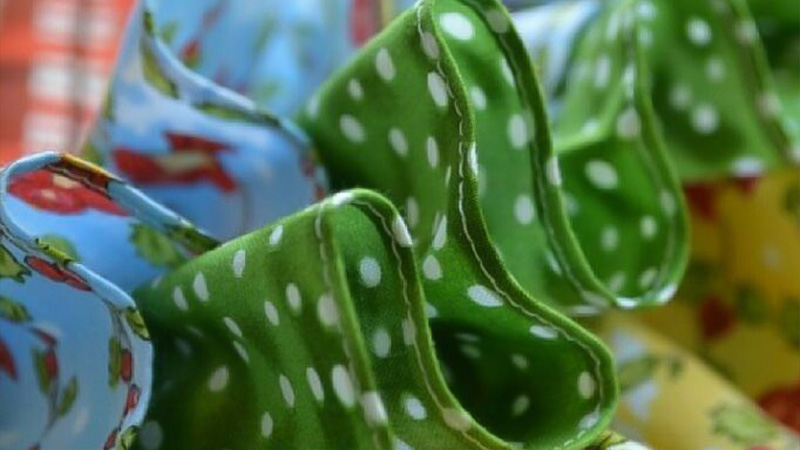
A basic machine hem is a fundamental sewing technique used to finish the raw edges of the fabric and create a clean, polished look in various sewing projects.
It involves folding the fabric edge over once or twice, depending on the desired finish, and stitching it securely with a sewing machine. This type of hem is versatile and commonly used for garments, curtains, and household items.
It provides a neat and durable edge while preventing fraying. A basic machine hem is an essential skill for both beginners and experienced sewers, serving as the foundation for more advanced hemming techniques and creative design choices.
2. Narrow Machined Hem
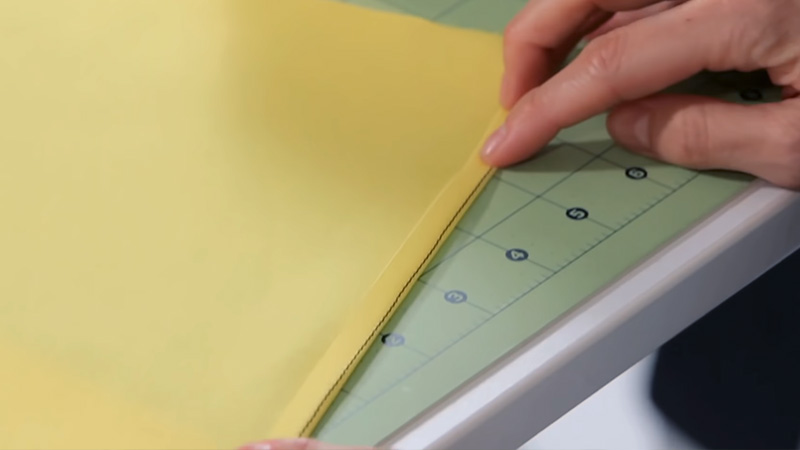
A narrow machined hem is a refined sewing technique used to create a slender and delicate finished edge on fabric. It involves folding the raw fabric edge over once, typically about 1/4 to 1/2 inch wide, and securing it with precise stitching using a sewing machine.
This type of hem is often employed for lightweight and fine fabrics like silk, chiffon, or organza, as it adds a subtle and elegant finish without adding bulk.
Narrow machined hems are frequently seen in eveningwear, lingerie, and other garments where a subtle and barely noticeable edge is desired, showcasing the fabric’s beauty while maintaining a clean, professional look.
3. Roll Hem
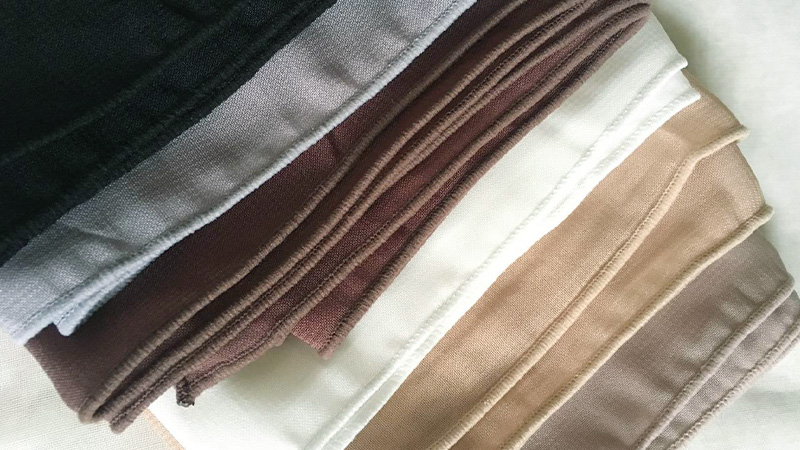
A roll hem is a specialized sewing technique that creates a narrow, neatly rolled edge on fabric. This delicate and refined finish is achieved by rolling the raw fabric edge multiple times and then stitching it in place, typically using a sewing machine with a rolled hem foot or a serger.
Roll hems are commonly employed for lightweight and sheer fabrics like chiffon, organza, or silk, as they maintain the fabric’s drape and transparency while providing an elegant, finished appearance.
This technique is often used in eveningwear, bridal gowns, and lingerie, enhancing the garment’s overall aesthetic and highlighting its intricate details.
4. Hand-stitched Hem
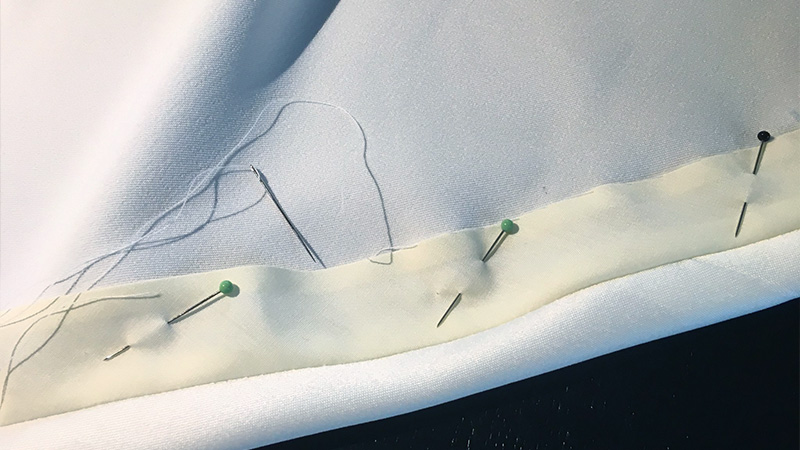
A hand-stitched hem is a timeless sewing technique where the fabric’s raw edge is folded over and secured using needle and thread, creating a meticulously crafted finish.
This method allows for precise control over the hem’s width and appearance. Hand-stitched hems are favored for delicate or heavyweight fabrics, as they offer durability and a clean, invisible finish.
This technique is particularly valued in haute couture and custom tailoring, where attention to detail is paramount. Hand-stitched hems showcase the artisan’s skill and dedication, resulting in garments with impeccable craftsmanship, making them a hallmark of quality and sophistication in the world of sewing and fashion.
5. Faced Hem
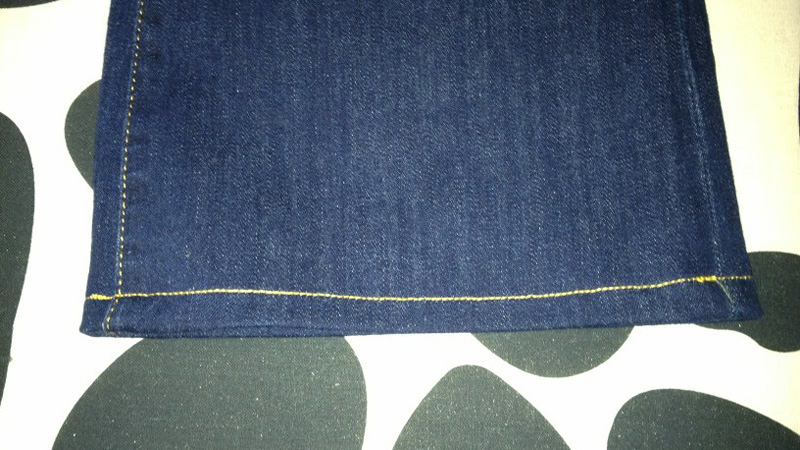
A faced hem is a sewing technique that involves attaching a separate piece of fabric, known as a facing, to the raw edge of a garment’s hem. The facing is usually cut from a lightweight fabric and is sewn to the garment’s hem allowance, concealing the raw edge.
This method is commonly used for heavier fabrics, as it helps the garment maintain its shape and drape. Faced hems provide a polished and professional finish, especially on garments with curved or flared hems.
They are a versatile option for adding contrast or coordinating fabrics to enhance the overall design and structure of a garment.
6. Banded Hem
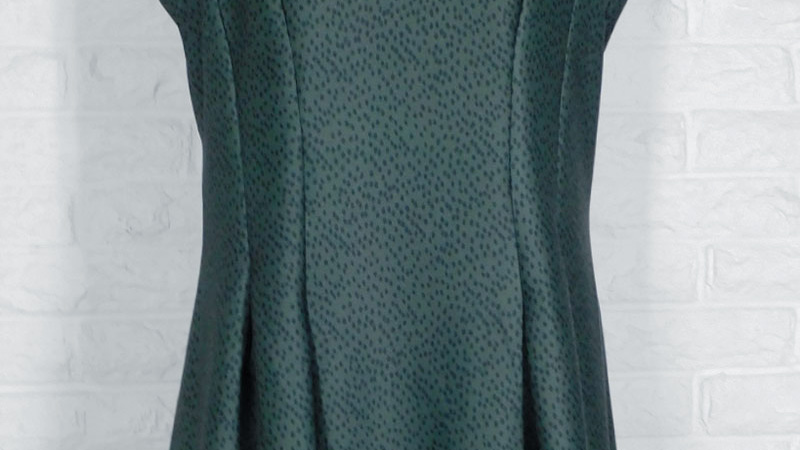
A banded hem is a stylish and functional sewing technique that involves adding a separate band or strip of fabric to the bottom edge of a garment. This band can serve various purposes, such as creating a decorative detail, adding stability to the hem, or providing adjustable length.
Banded hems are commonly seen on items like sweatshirts, T-shirts, and skirts, where they give a sporty or casual look. They can be made from contrasting or coordinating fabric, adding a pop of color or texture to the garment.
Banded hems are both practical and fashionable, making them a popular choice in modern clothing design.
7. Blind Hem
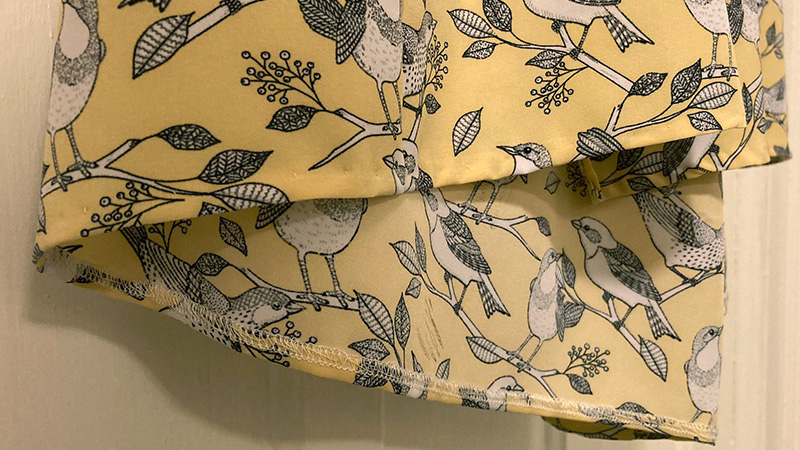
A blind hem is a sewing technique used to create a nearly invisible hem on garments. This method is particularly useful for achieving a clean and discreet finish on dress pants, skirts, and other clothing items.
To create a blind hem, the fabric’s hem allowance is folded under, and small, closely spaced, and inconspicuous stitches are made along the folded edge.
The result is a hem that is virtually hidden from the outside, with only occasional, tiny stitches visible. Blind hems are a mark of skilled sewing and are often used in formal and professional attire, providing a polished and seamless appearance.
8. Fringed Hem
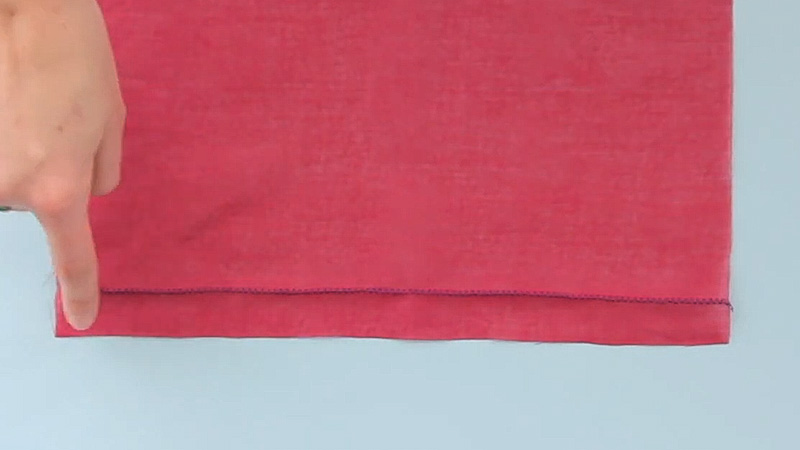
A fringed hem is a decorative and textural element used in sewing and fashion design. To create a fringed hem, fabric edges are left intentionally unfinished, allowing the threads to unravel naturally, forming a fringe-like effect.
This technique is commonly used with fabrics like denim, canvas, or even lightweight materials to achieve a rugged or bohemian look. Fringed hems can be found on items like jeans, shorts, and casual skirts, adding a touch of informality and flair to the garment.
The length of the fringe can vary, and designers often use different cutting methods to create unique fringe styles, adding character to the finished piece.
9. Turned Hem
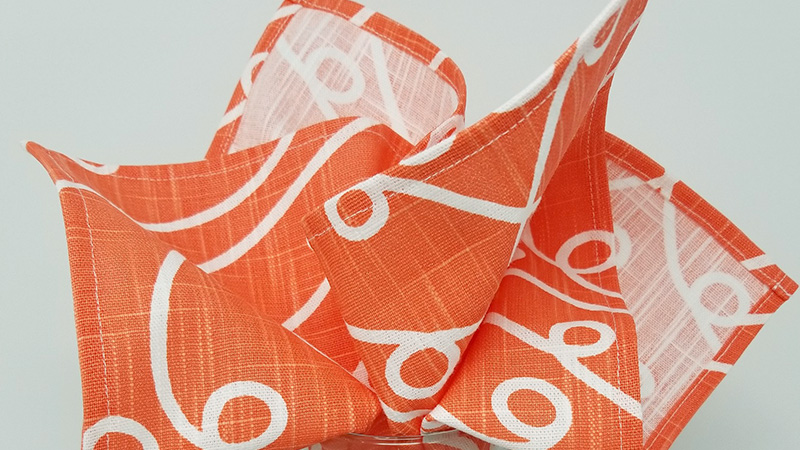
A turned hem is a classic and straightforward sewing technique that involves folding the raw edge of the fabric under itself and then stitching it in place.
This common hemming method is ideal for achieving a clean, polished look on a wide range of garments and textiles. It can be used for both lightweight and heavy fabrics, making it versatile and reliable.
Turned hems are commonly found on dress shirts, blouses, skirts, and curtains, providing a neat and durable edge while preventing fraying. This method is a staple in sewing and dressmaking, valued for its simplicity and timeless appearance in creating well-finished items.
10. Bias Tape Hem
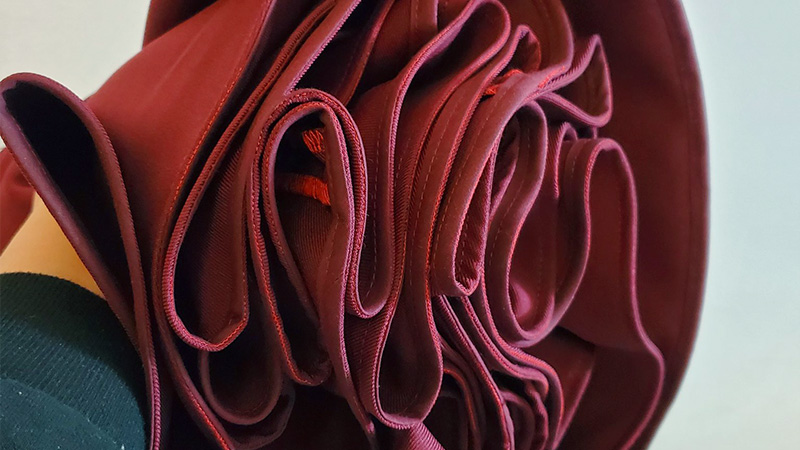
A bias tape hem is a sewing technique that involves using bias tape, a narrow strip of fabric cut on the bias (at a 45-degree angle to the fabric grain), to finish the raw edge of a garment or textile.
This method is particularly useful for curved or rounded edges, as bias tape can easily conform to the shape, ensuring a smooth finish. Bias tape hems are common in items like aprons, necklines, and armholes, where they provide both a decorative and functional element.
This technique adds durability and a pop of color or contrast, making it a versatile choice for creative sewing projects.
11. Zig-zag or Overlocked Hem
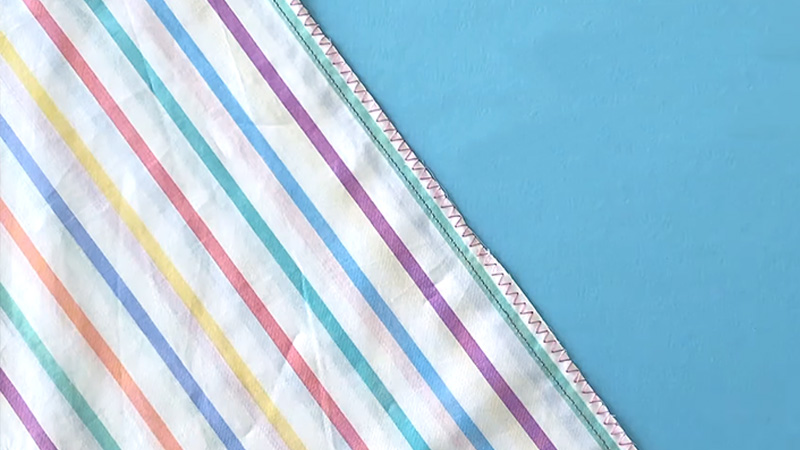
A zig-zag or overlocked hem is a sewing technique that employs a zig-zag stitch or an overlock stitch (often done with a serger machine) to finish the raw edge of the fabric.
Unlike traditional folded hems, this method prevents fraying by enclosing the edge with a series of closely spaced stitches. Zig-zag or overlocked hems are commonly used for knits, stretch fabrics, and woven textiles, offering flexibility and durability while maintaining the fabric’s natural stretch.
They are prevalent in activewear, swimwear, and casual garments, ensuring a clean and secure edge that can withstand movement and stress, making them a practical choice for sporty and comfortable attire.
12. Single-fold Hem
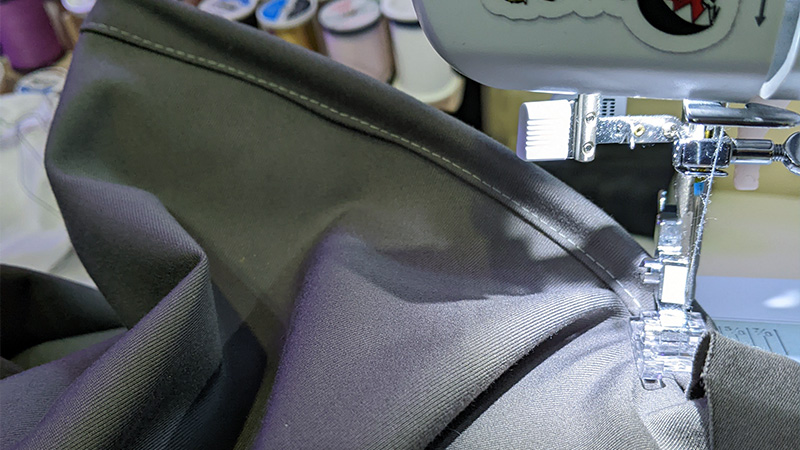
A single-fold hem is a basic sewing technique where the raw edge of the fabric is folded over once and then stitched down to create a clean, finished edge.
This simple yet effective method is commonly used for a variety of sewing projects, from garments to household items. Single-fold hems are versatile and suitable for different fabric types, including lightweight and medium-weight materials.
They are quick to sew and provide a neat appearance while preventing fraying. Whether used on the bottom of a skirt, the edge of a napkin, or the hem of a curtain, a single-fold hem is a foundational skill in the world of sewing.
13. Double-fold Hem
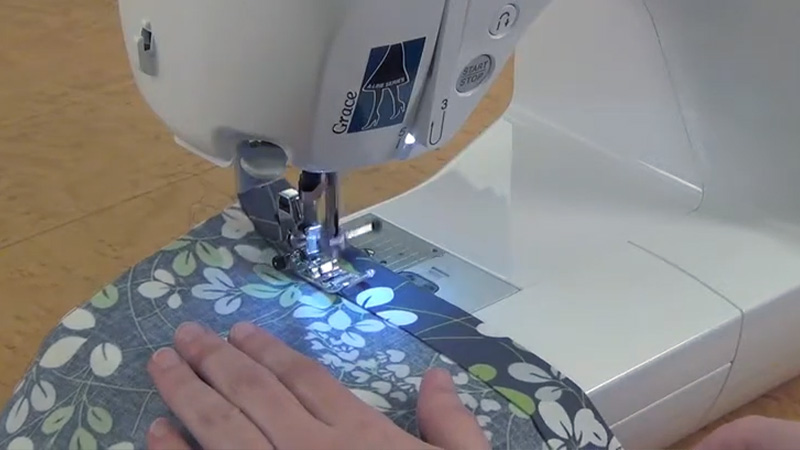
A double-fold hem is a sewing technique that involves folding the raw edge of fabric over twice before stitching it down, creating a neat and sturdy finish.
This method provides added strength and durability, making it suitable for heavier fabrics and high-stress areas of garments. Double-fold hems are commonly used in various sewing projects, from jeans and curtains to tablecloths and tote bags.
They offer a polished appearance and help prevent fraying. This versatile hemming technique is a staple in sewing, ensuring that edges remain clean, professional-looking, and able to withstand wear and tear, making it an essential skill for any seamstress or tailor.
14. Cuffed Hem
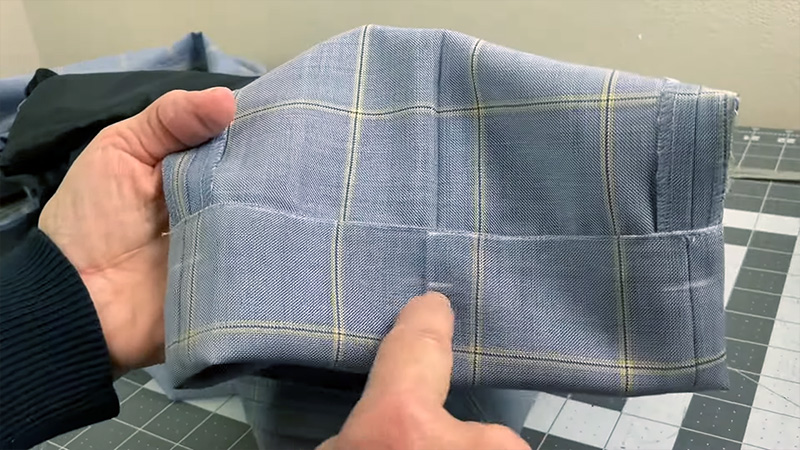
A cuffed hem is a stylish and versatile sewing technique that involves folding up and securing the bottom edge of a garment to create a cuff or folded band.
Typically seen on pants, shorts, and sleeves, cuffed hems add a distinctive touch to clothing while providing functional benefits. They allow for adjustable length, making it easy to customize the fit or style of the garment.
Cuffed hems can be wide or narrow, depending on the desired look, and they often feature topstitching or decorative details. This hemming method combines fashion and functionality, enhancing the overall design and wearability of the garment.
15. Embroidered Hem
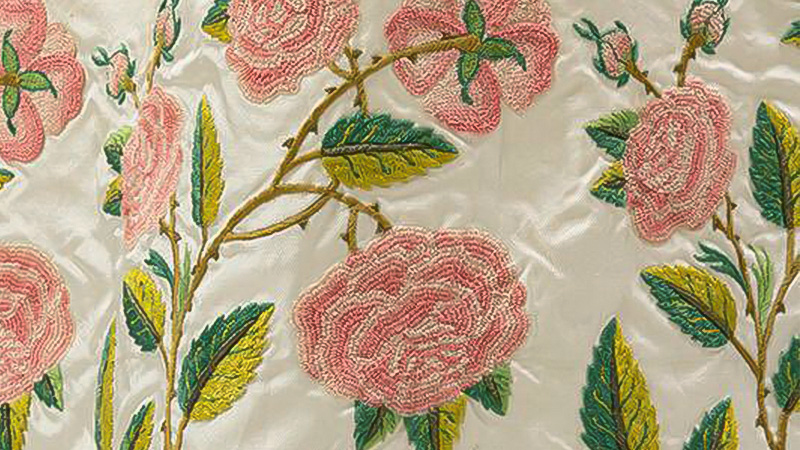
An embroidered hem is a decorative and intricate sewing technique where a garment’s hem is embellished with colorful threadwork. This artistic approach can range from simple, delicate designs to elaborate and ornate patterns.
Embroidered hems are often featured on dresses, blouses, and ethnic clothing, enhancing the garment’s aesthetic appeal. This technique showcases the creativity and craftsmanship of the embroiderer, adding a personalized touch to the clothing item.
It’s a way to incorporate culture, tradition, or individual style into fashion pieces, making embroidered hems a unique and eye-catching detail that can turn a simple garment into a work of art.
16. Let-down Hems
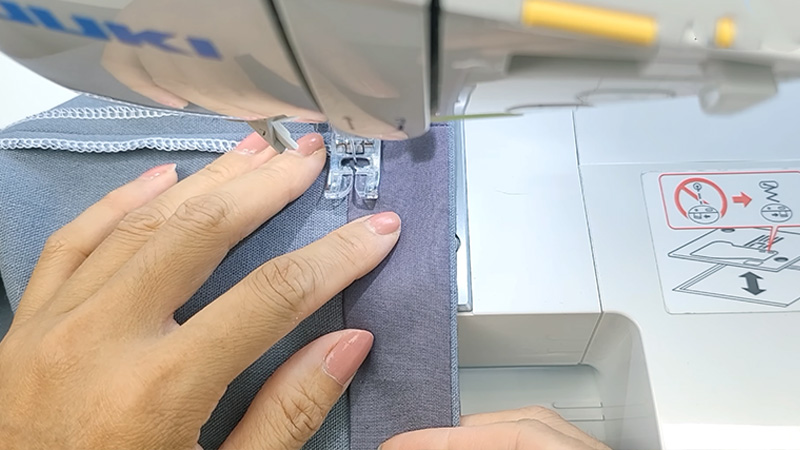
Let-down hems are a practical sewing technique used to extend the length of a garment. When extra length is needed, the existing hem is carefully undone or taken down, allowing the fabric to be released to its full length.
Once adjusted, a new hem is created at the desired length. This method is particularly useful for growing children or when repurposing clothing. Let-down hems ensure garments remain functional and stylish over time, saving both money and resources.
They require careful seam ripping and re-stitching but offer a sustainable solution for extending the life of clothing, reducing waste, and promoting eco-friendly fashion practices.
17. Mitered Hems
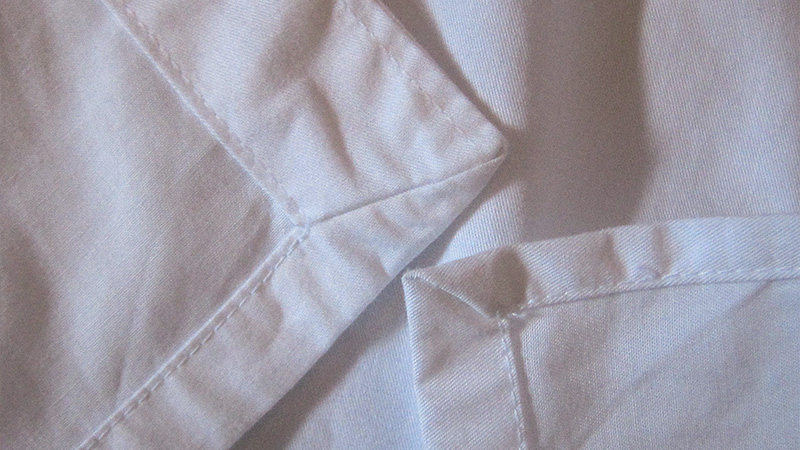
Mitered hems are a precision sewing technique used for creating clean and polished corners or angles in garments and textiles. To achieve a mitered hem, the fabric is folded diagonally at a 45-degree angle at the corner, creating a neat, diagonal seam that intersects the two adjacent edges.
This technique is ideal for square or rectangular items such as tablecloths, napkins, or placemats, as well as for angular corners on garments like dress shirts or blouses.
Mitered hems offer a crisp, tailored appearance and require careful measuring, folding, and stitching to ensure a seamless finish, making them a mark of skilled sewing craftsmanship.
Conclusion
Understanding and mastering various types of hems is an essential skill for anyone involved in sewing and fashion design.
Whether you’re a novice or an experienced seamstress, the choice of hemming technique plays a crucial role in determining the final look and functionality of your creations.
From the simplicity of single-fold hems to the elegance of rolled hems, the versatility of bias hems, and the precision of mitered hems, each technique serves a unique purpose in achieving desired outcomes.
Hemming isn’t just about preventing fraying; it’s about adding a touch of professionalism, creativity, and functionality to your sewing projects.
As you explore and experiment with these different hemming methods, you’ll discover new opportunities to elevate your sewing skills and breathe life into your designs, ultimately creating garments and textiles that are both beautiful and enduring.
Leave a Reply